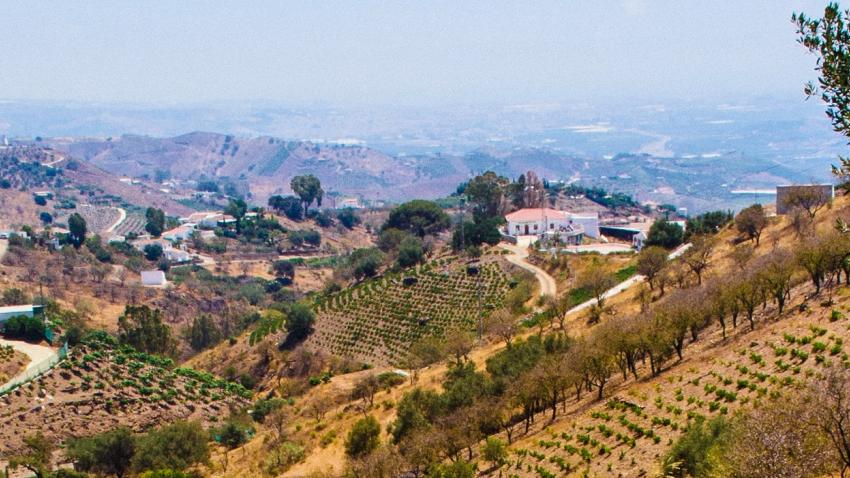About this data
This is part of a yearly series of national data on Erasmus+ projects and exchanges in its programme countries.
Mobility projects
Supporting mobility of learners, staff and young people is and remains the essence and the backbone of Erasmus+.
Mobility projects fall under Key Action 1 - Learning Mobility of Individuals.
Numbers of staff and learner exchanges
Cooperation projects
Erasmus+ increases the support for projects that foster cooperation and exchange of practices, allowing key actors to make better use of new technologies, develop innovative teaching, training and learning methods, promote non-formal learning and develop common tools and activities.
In cooperation projects and policy development activities, organisations gain experience in international cooperation, strengthen their capacities, produce innovative approaches, exchange good practices and network.
Through these actions, Erasmus+ plays an important role in strengthening resilience and supporting recovery and innovation in the fields of education, training, youth and sport.
Cooperation projects fall under Key Action 2 - Cooperation among organisations and institutions.
Support to policy development and cooperation
This programme provides support to policy development and cooperation at EU level, contributing to national reforms and modernisation in the fields of education, training, youth and sport.
These projects fall under Key Action 3 - Support to policy development and cooperation.
Jean Monnet Actions
These actions offer opportunities in the field of higher education and in other fields of education and training.
Jean Monnet actions contribute to spread knowledge about the European Union integration matters.
Contribution to Erasmus+ programme priorities
About Erasmus+
About 10 million individuals, including students, learners, professors, teachers and trainers in all sectors, are expected to participate in mobility activities abroad during the course of the programme.
Through the unique experience of living, studying, training or travelling abroad, participants gain self-confidence and soft skills, discover different cultures and build networks of interpersonal and professional relationships with people from other countries.
This fosters their employability and active participation in society and contributes to greater social inclusion and a strengthened European identity.



